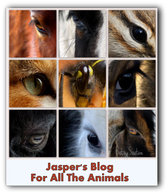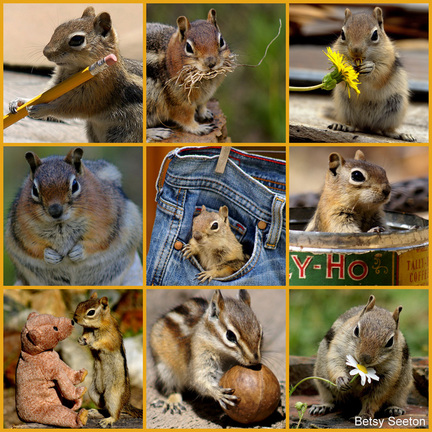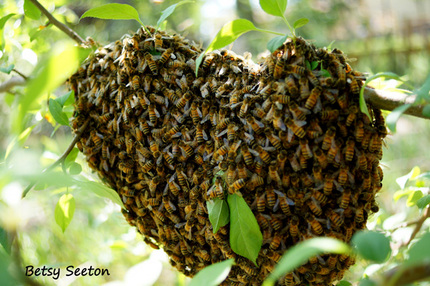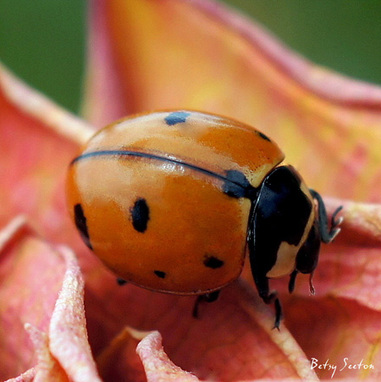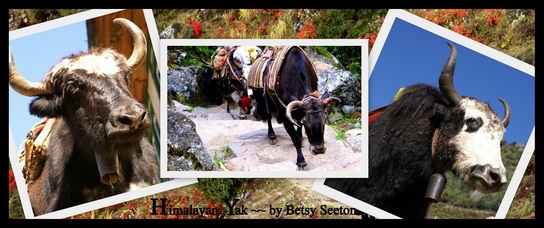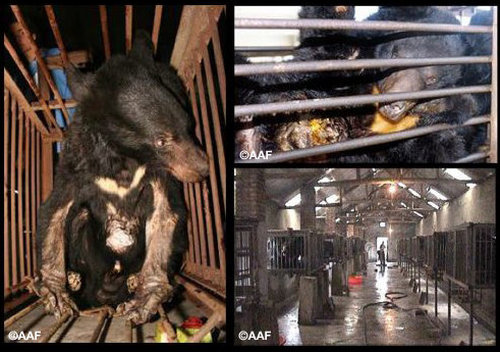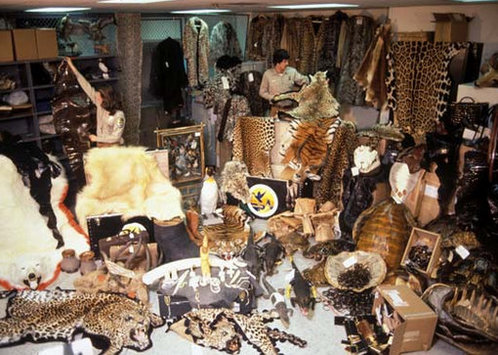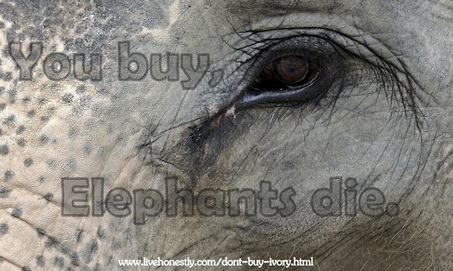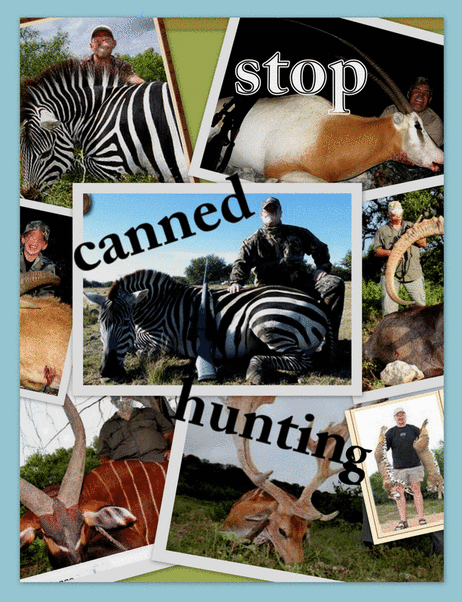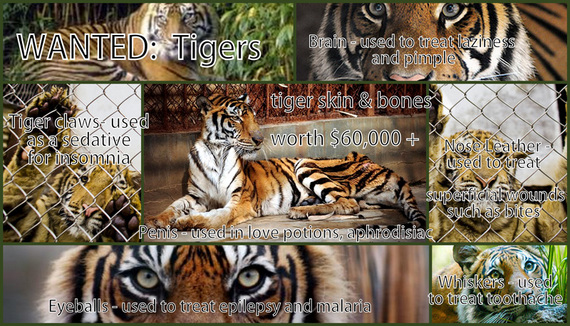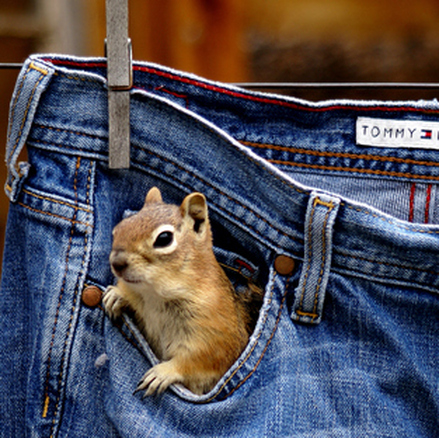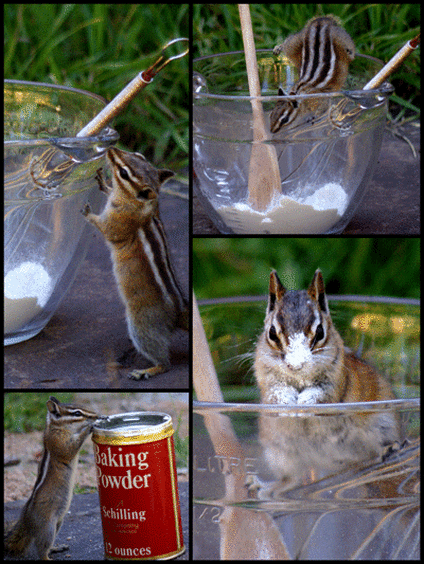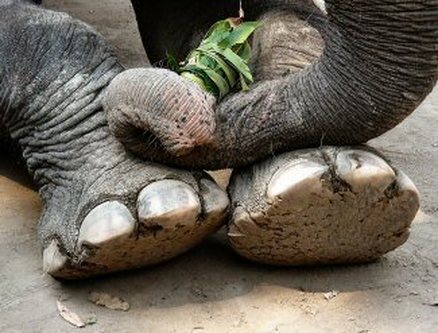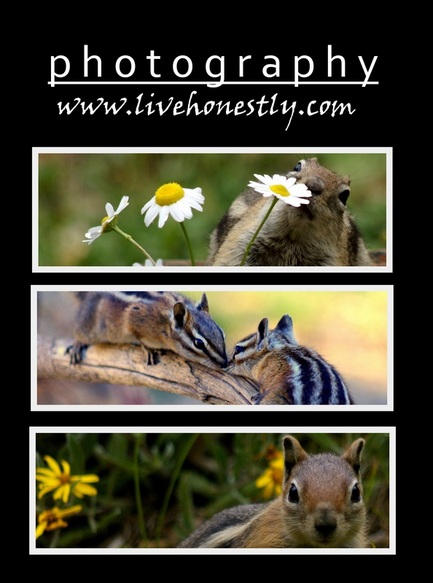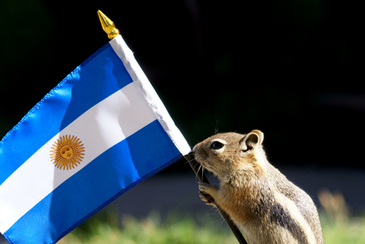|
WOW! video by Pungh0li0 STRAIGHT FROM http://www.worldofhummingbirds.com/baby.php: (This is a shortened version. Be sure to visit their website to read in full)
When a mother hummingbird is laying an egg, she can be seen sitting on her nest with some shaking alternated by wiggling every few seconds. Mother hummingbirds will usually have two eggs laid on different days. The little eggs will be about the size of a pea or small jellybean. Even though the eggs will be laid on different days, both the eggs will usually hatch on the same day. The mother hummingbird can do this by not completely starting the incubation process until the second egg is laid. The hummingbird eggs will remain in the nest incubating for approximately 16-18 days before they hatch. If the weather is cooler it may cause them to hatch a few days later. While the eggs are incubating in the nest, the mother hummingbird will sit on eggs to keep them at a constant temperature of 96 degrees. When the baby hummingbirds hatch, they have no feathers and dark skin. Baby hummingbirds are hatched with their eyes are closed. Depending on the type or species of hummingbird, the little babies will weigh approximately 0.62 grams. That's one-third (1/3) the weight of a United States Dime. They are about one (1) inch long and cannot regulate their own body heat. Their beaks are short, stubby, and yellow. When the baby hummingbirds are first born, the mother hummingbird will spend most of her time sitting on the nest, keeping the baby hummingbirds warm. As the baby hummingbirds grow more feathers, they are better able to keep themselves warm and the mother hummingbird can spend more time catching bugs and drinking nectar to feed them. The mother hummingbird will eat nectar and bugs and then regurgitate it into a slurry substance the baby hummingbirds can digest. She will feed this mixture to the baby hummingbirds approximately every twenty (20) minutes. A baby hummingbird needs the mother hummingbird to feed them. Baby hummingbirds can not drink hummingbird nectar like adults do because there is not enough protein in the regular hummingbird nectar. If a baby hummingbird had only regular hummingbird nectar, the baby hummingbird would become severally crippled, or would die. If you find a sick, injured, or abandoned hummingbird, please read our First-Aid for Baby Hummingbirds section first, before attempting to rescue them.
0 Comments
While China recently placed a ban on some animal performances at zoos and circuses (READ MORE HERE) they have a long way to go to ending animal abuse. This is a video worth passing along to those who might be wondering why circuses with animals should be banned. 'The Performance' was produced by Environment Films Ltd (www.environmentfilms.org) for the Animals Asia Foundation (www.animalsasia.org) to draw further attention to the plight of thousands of animals being used in circuses throughout Asia. The film is narrated by Terry Waite CBE and its music is by Moby. I find some of the responses by viewers of this video to show a disturbing lack of ... deep thinking, to say the least. NOTE: Wherever you read the word BLEEP it's used in place of the "F" word. HERE ARE PEOPLE'S REPLIES TO THE VIDEO ON YOUTUBE:
I'm so glad to have come across Animals Asia Foundation. If you click the images below you'll be taken to their website and swept off your feet on a feel good journey as they show you all the ways they're making a difference in the lives of animals. No matter where you live, you can take part in their organization and help their rescued animals live a better life. In an article reported in The Huffington Post Zoe Triska First Posted: 01/20/11 03:45 PM Updated: 01/20/11 03:51 PM "The Animals Asia Foundation, which has been attempting to end the exploitation of all animals for years, recorded a video cataloging the abuses of animals in China. The animals are made to live lives of pain, misery and fear. They are whipped, beaten, declawed, and have their teeth ripped out. Elephants are prodded with electric shocks during training sessions. Black bears are guided and pulled around by cables inserted into their nostrils. According to the narrator of the video, Terry Waite, "Like with any form of torture, they either succumb or die." Below are pictures and info about another bear rescue. AnimalsAsia.org is doing a great job helping animals in need. I recommend bookmarking their website and following their wonderful work.
This came through email from my friend, Alison. Here's what accompanied the photos: At just 6" tall and weighing just over a pound, he is now in an incubator in the intensive care unit at Tiggywinkles Wildlife Hospital in Buckinghamshire. He has only recently opened his eyes. Les Stocker, founder of Tiggywinkles, said, "Rupert's mother had very severe injuries. We brought him out and got him breathing, and then he went into an incubator on oxygen. He is now being fed by a tube." Staff members are optimistic that Rupert, now 5 days old, will make a full recovery.
"Deer are very, very tricky, but this one has spirit. He's an extremely feisty, little guy and quite pushy," Mr. Stocker said. Click on the image below to go to livehonestly's page on OUR VANISHING RHINOS. There are links to other great websites devoted to bringing you the latest information about everything to do with vanishing rhinos. It's tragic that we are losing these amazing creatures. HOW TO HELP SAVE RHINOS AT WWW.SAVERHINOS.ORG Spread the word about the rhino poaching crisis. Rhishja has written many articles about the illegal rhino horn trade and encourages you to read and share the information. Links below provided by www.savingrhinos.org. Be sure to bookmark their website to stay up to date on our vanishing rhinos.
There are over 1000 canned hunting sites available for your killing pleasure in the U.S. All kinds of rare, exotic animals are fenced in on commercial hunting grounds that you can shoot just about any which way you choose -- for a price. Zebras cost somewhere around $4,500 to put a bullet through. Lodging costs are on top of the kill price. Killing a Transcaspian Urial Sheep will set you back around $17,000, while a Siberian Ibex is more than $19,000. READ MORE The caption for this posting is what some or even most canned hunters feel. Trophy hunters often have their wish list -- a bucket list if you will -- of animals they want to kill during their lifetime. I cannot fathom this mindset. Hunters not having time and/or money to go to Africa, can fulfill their dreams at local hunting lodges in the United States.  Canned hunting seems so obviously wrong that it feels almost silly making that point. Hunters I know would never go to a commercial lodge where animals had been stocked like fish in a pond and where the grounds are fenced. There's no real challenge. The whole thing is a barbaric, inhumane way to make money and be entertained at the great expense of amazing wild creatures. Canned hunting should not only be illegal it should be viewed as something horrendously shameful.  read more by clicking the image from http://www.fatheroflions.org/cannedhunting.html read more by clicking the image from http://www.fatheroflions.org/cannedhunting.html . The Captive Animals' Protection Society (CAPS) was founded in 1957. Founder Irene Heaton was appalled by the suffering of animals within the entertainment industry, and campaigned tirelessly on their behalf throughout the rest of her life. It is through her efforts and the influence and hard work of her successors, that CAPS can be recognised today as one of this country's leading campaigning organisations on behalf of animals in circuses, zoos, and the entertainments industry. READ MORE You can browse through YouTube videos and easily find working donkeys in Egypt being poorly treated and abused. The story here caught my attention because the owner of a brick making company understands it's better to be good to his donkeys -- a message that a donkey sanctuary is trying to spread. Brick making is a back breaking business, tough on everyone. One business owner said he used to hire children, but the kids would take out their frustration on the donkeys by hitting them. He now hires adults who are treating the donkeys with more compassion. READ STORY below. LEARN ABOUT HISTORY OF DONKEYS AT THE DONKEY SANCTUARY New brick kilns prioritise donkey care
By Philippa Davies - Posted 25/11/10 Tagged: Egypt There is some evidence that our donkey welfare messages are being taken on board by a ‘new generation’ of kiln owners. As well as recognising that stronger, fitter donkeys work more effectively, these owners seem to have a generally caring attitude, and they run their kilns with the donkeys’ welfare in mind. This demonstrates to other kiln owners that donkeys do not need to suffer during the process of producing bricks. In early March 2010 one of our mobile units visited a new kiln called Elhoria 2010. Vet Shaaban Fayez reported that the nine donkeys working there were in good body condition with no wounds from beating or poor harness. Food and clean water were available to them all the time and their stabling included an external yard, which the owner, Khaled, had built himself. Khaled told Shaaban he had worked in brick kilns for many years before deciding to build his own. His responsible attitude shows in the layout of the kiln, the care taken to keep harness and carts in good condition and the staffing arrangements. “All workers including the foreman and stockman are constant, are not changed,” said Shaaban. “He pays extra money to avoid them leaving the kiln, because he thinks the continuous change of workers has a bad effect on the donkeys. “He said to me, ‘the working conditions of kilns are so hard for children, so they beat the donkey’. So he decided to bring adults to work with donkeys, and his kiln is without children, although he pays more money for the adults. But the adults do not beat the donkeys.” In addition the donkeys only had to travel a short distance with the brick carts between the ‘green’ (unfired) bricks and the furnace. Harness was changed regularly, and the carts were also well maintained. The manager of our Egypt project, Dr Mourad Ragheb, said, “This is a very good example for the other brick kilns. The message of the Donkey Sanctuary in the area of the brick kilns has started to spread out, empathy and human/donkey behaviour has changed to a good attitude and good behaviour.” The owner of another kiln invited education officer Yasser Mahrous to come and see the changes he had made after Yasser had expressed concerns about donkey welfare. “When we visited his kiln we couldn’t believe our eyes because he had built a big new shelter. He treats the donkeys very well, and he changed the workers and children because they treated the donkeys badly,” said Yasser. “He has good empathy with the donkeys now. He said that he felt very sad when he sees donkeys tired or fatigued.” On the whole the team are finding that, where there is an owner who is able and willing to make improvements, progress is fast because that person can take responsibility for buying extra donkeys, changing harness and building an external yard to extend the stabling area. |
"Ask not what an animal can do for you; ask what you can do for an animal." Jasper
"The animals of the world exist for their own reasons. They were not made for humans any more than black people were made for white, or women created for men." ~Alice Walker The source of the quote is Walker's preface to Marjorie Spiegel's 1988 book, "The Dreaded Comparison" . Her next sentence was, "This is the gist of Ms. Spiegel's cogent, humane and astute argument, and it is sound." Archives
February 2015
"I was so moved by the intelligence, sense of fun and personalities of the animals I worked with on (the movie) Babe that by the end of the film I was a vegetarian." ~ James Cromwell Categories
All
|












